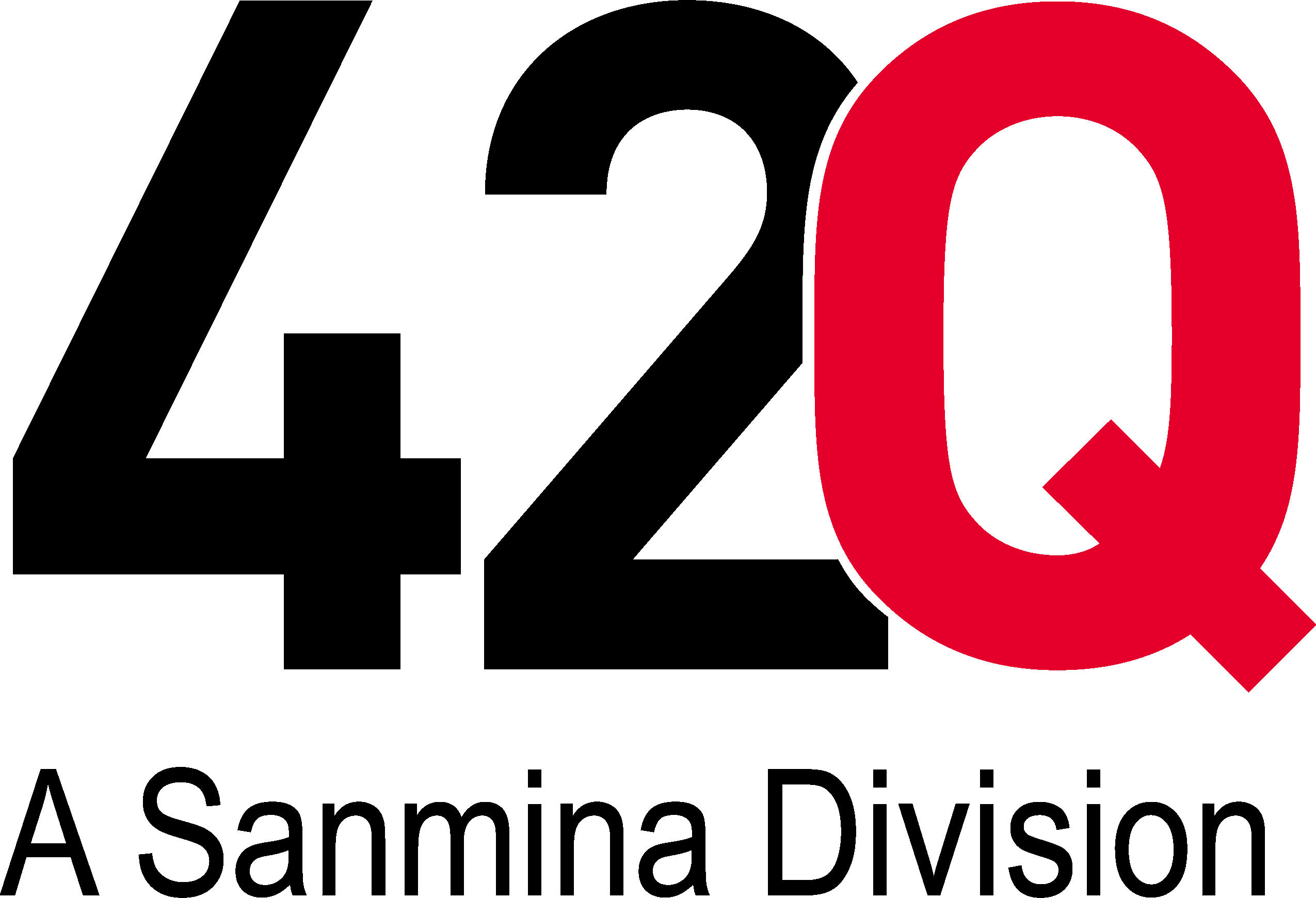42Q Xchange

Author: Keith Fuqua | Date: January 24, 2022
Introducing 42Q Xchange. What is 42Q Xchange? 42Q Xchange is a set of APIs designed to allow connectivity between the customers’ ERP systems and 42Q, providing critical integration in their overall digital factory implementation. Traditionally, ERP integration with an MES system requires an “adapter”, a set of code which would be installed and deployed in the customer’s ERP system. An adapter provides ERP-specific code to process manufacturing-related transactions, integrates with the MES using APIs, and provides custom developed screens for monitoring, error handling and other MES-related functions. While an adapter is desirable from a connectivity standpoint, there are a substantial number of different ERP systems in use in various industries. Developing adapters for a wide variety of ERP systems is not only expensive in terms of cost, development, and overall support. It is also extremely difficult to be knowledgeable in how all ERP systems work. Additionally, some customers are understandably nervous about third party systems installing code into their ERP systems.
The approach of 42Q Xchange is to provide a standard set of secure APIs that provide all the key capabilities of an ERP adapter, without the need to develop, maintain, and deploy code into a customer’s ERP system. 42Q Xchange even allows users to create ERP style transactions, without having an ERP. This is accomplished through easy to understand templates developed in Microsoft Excel and LibreOffice Calc. A user can easily populate a template, providing all the information for a work order, BOM, and other manufacturing information, easily creating ERP work orders in a configured 42Q environment.
42Q Xchange functions in a publish/subscribe model. APIs can be called to trigger creates, updates or other transactions in a configured 42Q environment. 42Q in turn will publish common transactions that would be consumed by an ERP, such as Material Issues, Work In Progress movements, and completions. A user subscribes to the published transactions. The user can then process the published transactions in their system, thereby updating the ERP system.
One of the key advantages of 42Q Xchange is the time and effort for deployment. Because a set of code is not being installed into an ERP system, this eliminates a lot of the time, effort, security concerns, and approvals typically required to get an adapter deployed into a customer’s ERP system.
